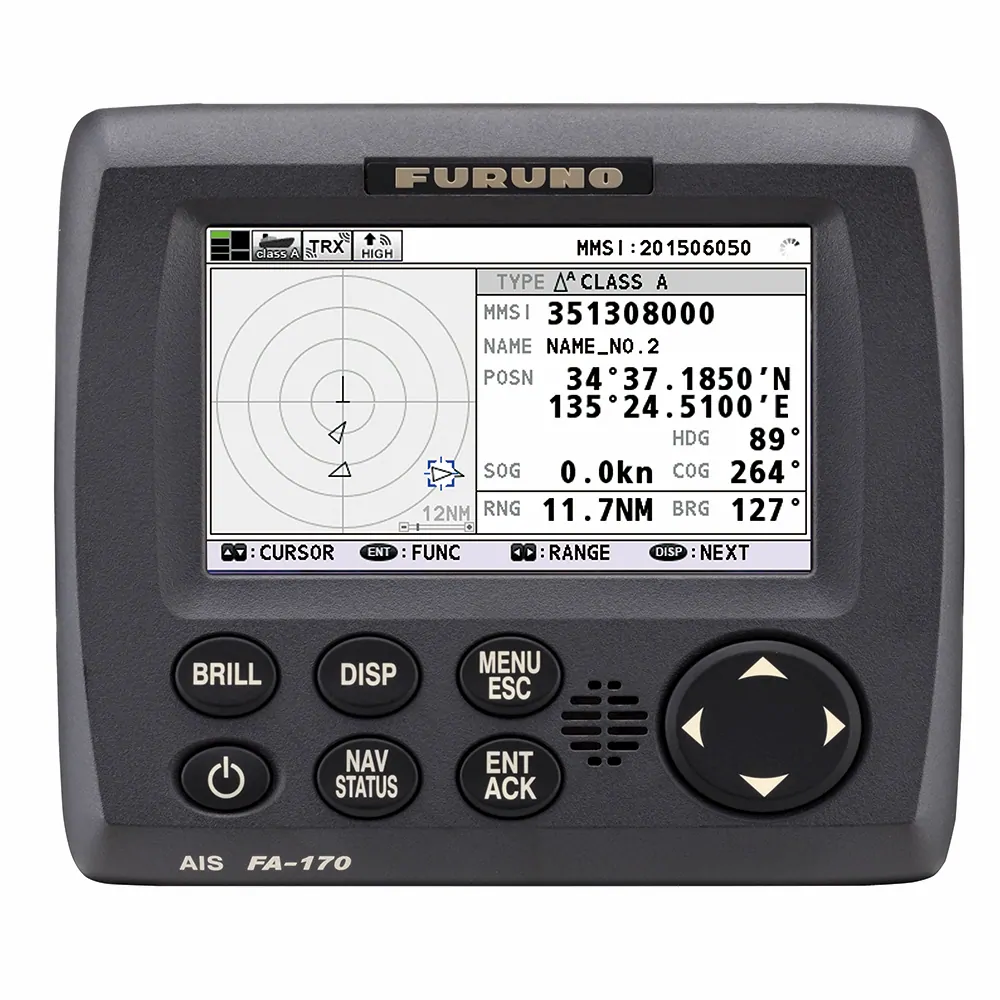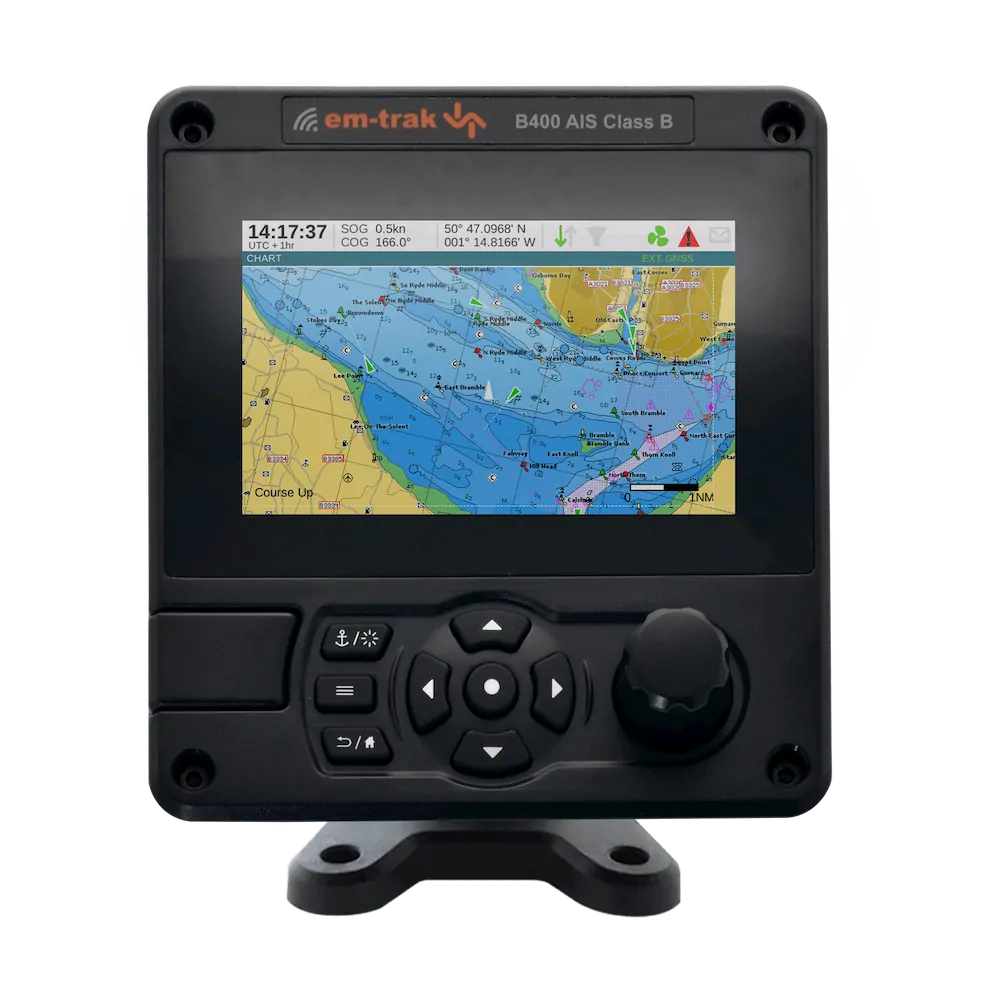Several types of AIS devices exist, and they all interact with each other using AIS protocols and international performance standards. Having standards and protocols is important to make sure that all these devices are “speaking the same language” and able to communicate with each other.
This section tells you about some types of AIS devices and what they must be able to do.
The class of AIS device required to be carried on a particular vessel depends on the mandate the vessel falls under. For example, all vessels that fall under the International Maritime Organization’s mandate must carry Class A devices. Individual countries tend to require a mix of Class A and Class B devices, depending on the function and size of the vessel. Vessels that voluntarily carry AIS can carry any class of device, but they tend to carry Class B most often.
Class A devices
Class A devices are found on board vessels, and they are transceivers (meaning they pull double duty and can transmit and receive signals) that operate using SOTDMA.

Example of a class A AIS device
Class A devices must do the following:
- Work with the ship’s radar and display systems
- Have an integrated display
- Transmit at 12.5 watts
- Be able to work with many of the ship’s systems
- Offer advanced features and functions
Class B SO devices
Class B SO devices (as in, it’s great to be so curious about AIS!) are also located on board ships and are transceivers using SOTDMA. Here is an example of what they look like and how they’re a bit different from Class A devices:

Example of a class B device
Class B devices must do the following:
- Work with the ship’s radar and display systems
- Have an integrated display
- Transmit at 5 watts
- Be able to work with many of the ship’s systems
- Offer advanced features and functions
Class B CS devices
Class B CS devices are located on board ships and are transceivers, but they work using carrier-sense TDMA (CSTDMA), which is restricted to a single time slot for transmissions.
Here are the other features of Class B CS:
- Are not required to have an integrated display, but must be able to connect to most display systems
- Transmit at 2 watts
- Have a default transmit rate of every 30 seconds (but this may vary according to the ship’s speed or special instructions from base stations)
- Have integrated GPS
- Be able to receive all types of AIS messages
AIS SART
A search and rescue transponder (SART) is a device that likes to play the hero. A SART uses AIS technology to find vessels in distress. It intermittently sends a position report and safety text message; however, it does not have a receiver. SARTs don’t give up easily, and they continue to send signals for 96 hours after they’ve been deployed. They transmit at 1 watt.
AIS aids to navigation
Aids to navigation (AtoN) are markers that help ships travel successfully, such as buoys. AtoN can be used by an AIS station to display its location on charting and radar systems. A station can then also transmit important information about weather and sea conditions to help vessels navigate safely.
AIS AtoN devices can transmit at 1 to 12.5 watts, with transmission intervals of between one and three minutes. Two kinds of AIS AtoN devices exist: those that receive signals only through reserved time slots, and those that can send and receive through SOTDMA.
AIS base stations
AIS base stations are fixed (non-mobile) stations that maritime authorities use to monitor and control vessel traffic. These base stations can also control other AIS devices, and have the following capabilities:
- Turn other AIS devices on or off
- Reserve time slots for special transmissions
- Control which time slots mobile AIS devices use
- Control the power level of mobile AIS devices
Though AIS transponders use “self-organized” time slots using SOTDMA, the base station is able to further impose even more efficient SOTDMA organization within its vicinity, ensuring communications in busy harbor areas.
Port authorities and coast guards have a real interest in knowing about ship movements, so it’s not just the vessels that have gone into the AIS game. Many coastal AIS stations are being built to improve safety and security for a country’s shoreline. These systems are expensive to build and maintain, but they allow authorities to monitor vast areas of shoreline that, prior to AIS, needed far more costly systems to monitor.
In general, coastal AIS has a range of about 50 nautical miles (see the end of this part for more about this), but the coverage area can be shorter, depending on a few factors:
- Site of installation
- Height of the antenna
- Volume of traffic in the area (which could lead to slot collision)
